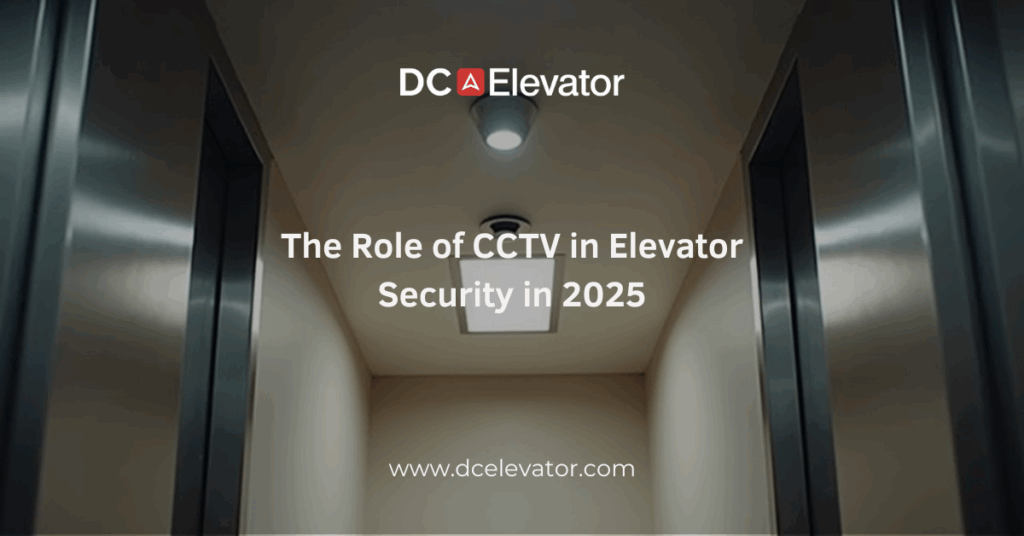Have you ever stepped into an elevator and noticed the small, discreet camera tucked neatly into the ceiling? In today’s world, that lens is more than a passive observer—it’s a critical part of modern building security. As of 2025, elevator CCTV systems are no longer a luxury or optional upgrade. They are becoming an expected standard for safety, liability protection, and peace of mind.
For property owners and facility managers, ensuring passenger safety means staying ahead of evolving threats and meeting rising tenant expectations. Whether it’s deterring vandalism, documenting incidents, or supporting emergency responses, CCTV has a central role in elevator safety strategies. This isn’t just about compliance—it’s about creating a secure, trustworthy environment in one of the most frequently used spaces in any building.
Why CCTV in Elevators Matters More Than Ever
1. Enhancing Passenger Safety
Elevators are enclosed, private spaces—making them vulnerable to incidents that might otherwise go unnoticed. CCTV helps prevent misconduct by serving as a visible deterrent and enables quick action when issues arise. For example, in the event of a medical emergency, security staff can assess the situation in real-time and coordinate a rapid response.
2. Protecting Against Liability
Disputes over accidents or altercations in elevators can lead to costly claims. Recorded footage provides an unbiased account, protecting both building owners and occupants. In high-traffic commercial properties, this evidence can be invaluable for resolving insurance matters quickly.
3. Meeting Tenant and Visitor Expectations
Modern tenants expect transparency and safety. In 2025, many commercial lease agreements even include clauses about building security standards. Having visible CCTV in elevators reassures occupants that their well-being is taken seriously, helping with tenant retention and building reputation.
Best Practices for Implementing Elevator CCTV
Positioning and Coverage
Cameras should be strategically placed to capture the entire cab interior without obstructing movement or creating blind spots.
Integration with Building Security Systems
CCTV is most effective when it’s part of a wider security network—linked to building control rooms, access control, and emergency communication systems.
Privacy and Compliance
Incorporating security technology means balancing safety with privacy. Building owners must follow local regulations on video surveillance, including signage, data storage limits, and access control for recorded footage.
How Modernization Improves CCTV Functionality
If your elevator is due for an upgrade, modernization presents the perfect opportunity to integrate or improve CCTV capabilities. Updated cab designs can better accommodate discreet, tamper-resistant cameras and wiring. Pairing modernization with CCTV installation ensures both systems work seamlessly together for years to come.
In 2025, elevator CCTV is more than a safety feature—it’s a vital component of responsible building management. From preventing incidents to resolving disputes and reassuring passengers, its role in security cannot be overstated.
If your building’s elevators lack adequate surveillance or are due for an upgrade, now is the time to take action. Our experts can evaluate your current elevator systems and recommend modernization solutions that seamlessly integrate CCTV for maximum safety and compliance. Contact us today for an elevator security analysis.
